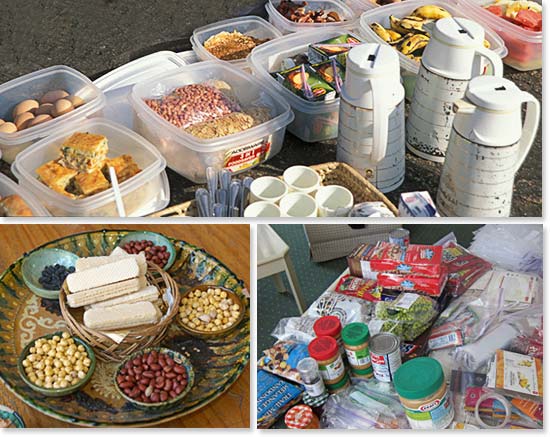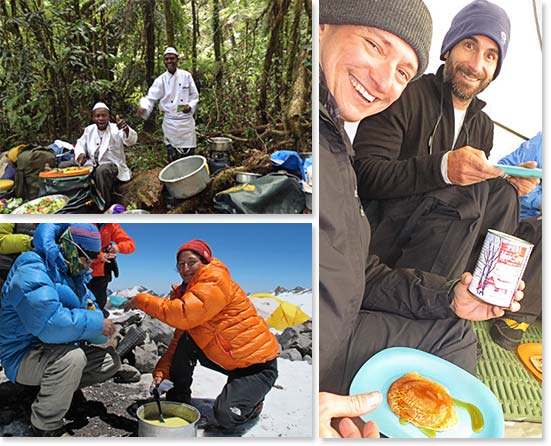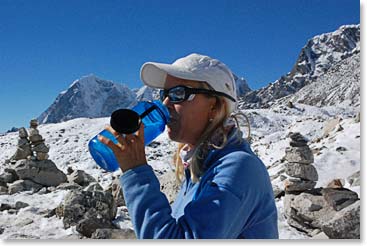
Training for Travel with Personal Trainer Terri Truman
Calories In...Calories out
Have you ever wondered what makes up a calorie and just what those labels mean on the back of grocery items? These labels include the macro-nutrients of carbohydrates, fats and protein which are the building blocks of energy required by your body. The other label elements are the micro-nutrients consisting of vitamins, minerals and water. These micronutrients do not provide energy, but they are crucial in maintaining your overall health.
In looking at the macronutrients only, consider this:
- Carbohydrates are an important energy source for working muscles as well as for your brain and nervous system. Carbs break down into glucose, which is used in the production of adenosine triphosphate (ATP) for cellular energy. If you remember that one gram of carbohydrate is equal to 4 calories, then you can compute a calorie intake. For example, if you have a cookies that contain 25 grams of carbohydrates, then the total number of calories from carbs will be 100 (25 x 4).
- Fat is a major fuel source because it has a high concentration of calories. It provide essential fatty acids required by cell membranes, hormone production, healthy skin, taste enhancement and transport of fat-soluble vitamins (like A, D, E and K). But the kicker: for every gram of fat, 9 calories are provided. So, if that same cookie has 10 grams of fat, then the total number of calories from fat will be 90 (9x10).
- While not being a primary source of energy, protein can be called upon when the body does not get enough carbs or fat due to over-exercising, dieting or starving the body. Protein’s role in overall health is to build and repair body tissue such as muscles, tendons and ligaments. So use protein for its purpose: to transport fluids, create enzymes and support your immune system. So finally, if our cookie has 5 grams of protein. The total number of calories from protein would be 20 (4 x 5).
In total, your cookie has about 210 calories or about 10 percent of the recommended daily amount of calories for a normal adult.

Energize while exercising with all the right fuel
So, what can you do with your new-found nutritional knowledge? Well, it’s a GREAT tool to help you plan your next outdoor adventure! Understanding the caloric demand of your sport, and armed with this basic knowledge will help you choose the right mix of carbs, fats and proteins to maximize your chances for a successful trip. For example, if you’re hiking at altitude, you can easily burn 5,000-6,000 calories a day. If you consider the calorie density for everything you’ll need to sustain your strength, your strategy should be to get the best nutrition that fuels your body.

On any mountain adventure, having a good hearty meal with the right nutrients is essential! Just ask BAI climbers!
As you plan what to bring for food, take into consideration the labels and be informed as to what are your best options as you peer into your snack bag for your next meal or treat.
Finally, remember to hydrate-hydrate-hydrate. Water is used in digestion and metabolism, assists in chemical reactions, regulates body temperature and assists in the respiration and helps you feel full.

Hydrate, hydrate, hydrate!

